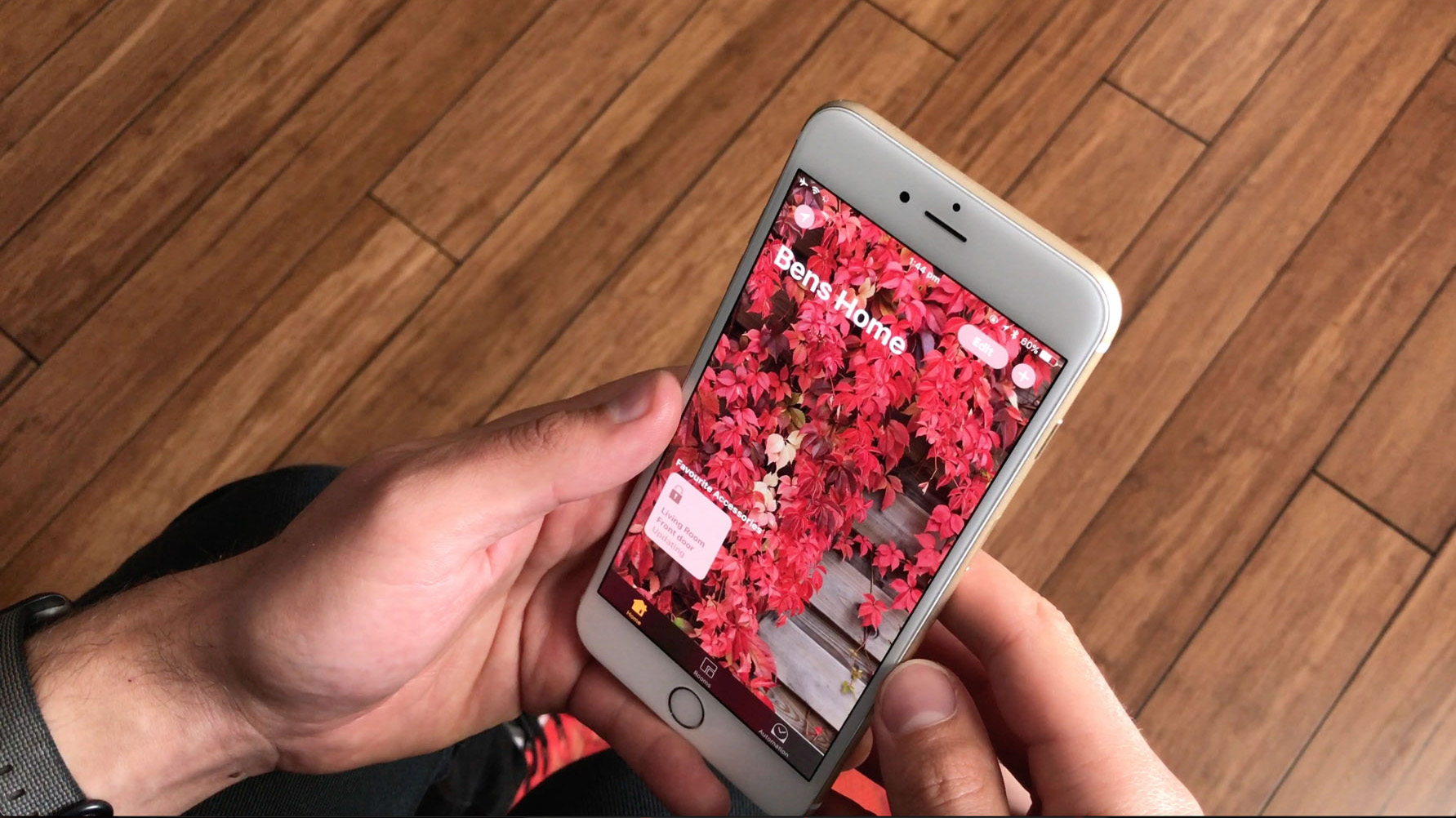
- 2 Min Read / Blog / 3.2.2020

When Apple’s HomeKit framework launched with iOS 8, its immediate value to end users was unclear. iOS app developers could use HomeKit as the communication method between their apps and the hardware products that they control. But HomeKit wasn’t easy for customers to understand on day one, and so the effort involved with implementing it into iOS apps was difficult for third-party app developers to justify. But with iOS 10, the controls and features that HomeKit enables finally have a dedicated place to live—aptly named the Home app.
In iOS 10, the features and controls in HomeKit finally have a place to live in the appropriately named Home app.
The Home app in iOS 10 aggregates all of HomeKit’s myriad functions into one interface, so now users can control their connected lightbulbs, thermostats, security systems, and more from one simple app. This is obviously a boon for iOS users, but has a halo effect that benefits developers of these kinds of applications, too. Whereas previously the user experience with HomeKit devices was at best inconsistent and at worst confusing, the simplification in iOS 10 makes it a more likely option for users looking to control their connected devices.
Relative to other platforms, Apple has put a cohesive foot forward with its Home integrations for iOS 10. Users’ home controls are accessible from the Control Center at the bottom of the screen, and are also deeply integrated into Siri so users can adjust settings with their voices. On Android smartphones, there are a number of different connected home platforms that seek to unify the internet of things user experience for customers with varying degrees of success, but these are typically missing one of the key components that make HomeKit useable, discoverable, and ubiquitous.
Compared to other connected home platforms, HomeKit is the most useable and ubiquitous, which makes it an obvious choice for developers and hardware manufacturers.
Going forward, the landscape will surely become more complicated as Samsung’s SmartThings and Google’s Works with Nest program mature. But in the short term, the winner of the connected home platform wars will be determined by which is easiest both for developers to integrate with and for users to discover and use—and today, that’s HomeKit.
The internet of things remains a fledgling part of the larger electronics industry, and has inspired the introduction of some truly absurd new product ideas. But beyond the inconvenience of needing to launch an app to turn your apartment’s lights on—and the security concerns of bot networks absorbing large swaths of insecure internet-connected toasters to power cyberattacks—the potential of the connected home is realized with HomeKit.
The “smart” home has been largely held back by the inconvenience of using a smartphone to control these devices, and of the relative rareness of devices that were compatible with the user’s desired platform. But the aggression of Apple’s “Works with HomeKit” program has seen the creation of dozens of new connected home products, and this trend will only accelerate now that Home has such prominence in iOS 10. Now, for third-party app developers whose products involve the home, integrating with the devices that populate users’ at-home lives is only a HomeKit integration away.